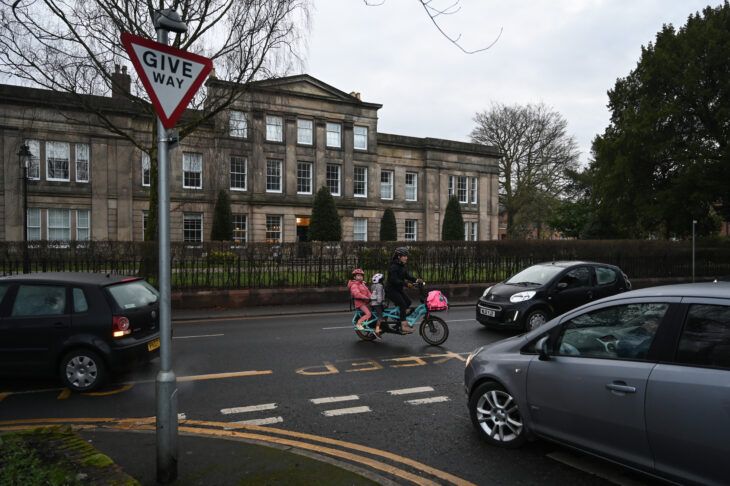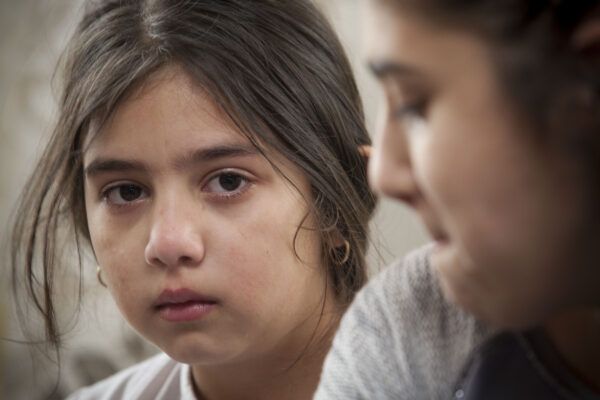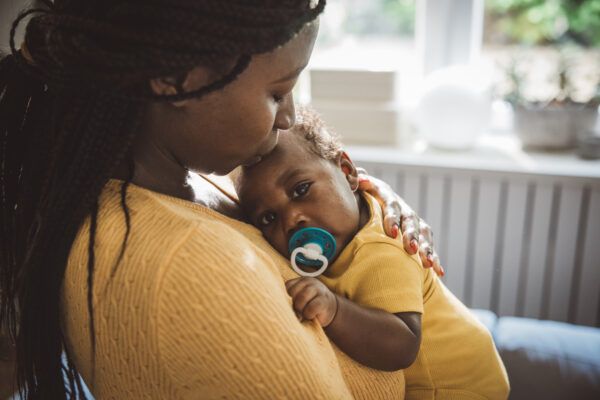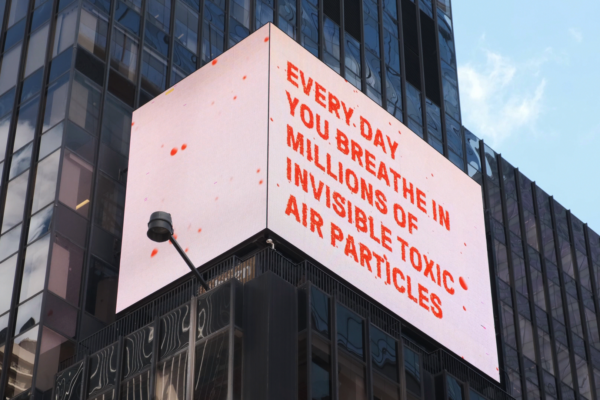Air pollution is the largest environmental threat to public health globally. But the impacts are unequal, with the most marginalised groups exposed to the dirtiest air. This important climate and social justice issue doesn’t get nearly enough attention from the media, public or politicians.
An invisible inequity issue that needs visibility
Over 8 million people die prematurely each year because of air pollution. It’s the second leading cause of deaths from non-communicable diseases after smoking. It also exacerbates climate change and hinders economic activity.
Air pollution is also a social inequity problem. Disadvantaged groups are most likely to live in polluted neighbourhoods and work in settings most exposed to air pollutants. The most marginalised experience the triple burden of poverty, environmental degradation and ill health.
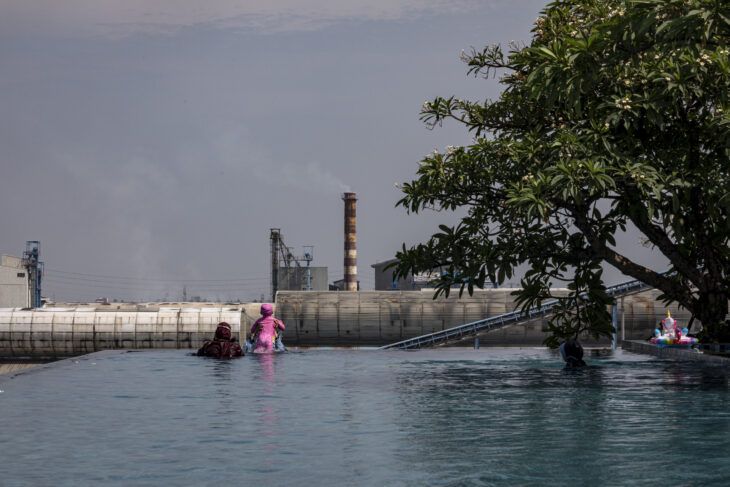
More than 95% of premature deaths attributed to air pollution are in low- and middle-income countries. From South Africa to Indonesia, people on the lowest incomes are hit the hardest. So the people least responsible for emissions are the most exposed. They also tend to have less agency and power in political decision making.
Improving air quality is essential for addressing racial, gender and income inequalities. The voices of people most affected by air pollution need to be part of campaigns and policy debates for inclusive and effective action on air quality and climate change.
Content demands in a digital world
Despite the scale of this global crisis, air pollution is not given sufficient attention from governments, the media or the public. When the media does cover the topic, news articles are often accompanied by photos of impersonal (and often quite beautiful) polluted cityscapes or uninspiring sources of pollution. There is a major lack of accessible and captivating images of air pollution and the communities affected.

As communications practitioners, journalists and campaigners know, sourcing high-quality photos that ethically depict real people and complex problems is a constant challenge. And every piece of content needs an image. Commissioning photography is a costly and lengthy exercise for NGOs and civil society organisations, especially as we move toward more ethical and participatory practices. Media and voluntary organisations are often strapped for time and resort to using existing picture libraries or stock images to accompany their articles.
Free photographs for raising awareness
Clean Air Fund and Climate Outreach have launched a new collection of air pollution photographs, free for non-profit, educational and editorial use. The over 200 photographs of air pollution and the communities affected by dirty air is now available to browse and download on the Climate Visuals library.
We commissioned the photographs in response to this shortage of accurate, striking and accessible photojournalism highlighting the impacts of air pollution alongside solutions to the problem. The photographs were taken in Indonesia, Poland, South Africa and the UK.
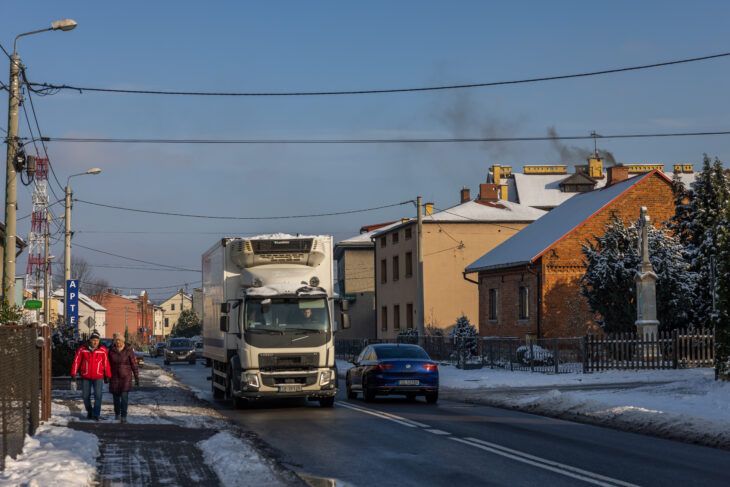
Climate Visuals is the world’s only evidence-based programme of climate change photography. For this project, they worked with four photographers – Aji Styawan in Indonesia, Anna Liminowicz in Poland, Gulshan Khan in South Africa and Mary Turner in the UK – as well as individuals and community organisations in each location to develop stories and produce persuasive, detailed photojournalism. The photographs embody the Climate Visuals principles of climate change communication and ethical best practice based on international social research.
Clean air has the transformative potential to improve systemic health, climate and social inequity problems. We need to shift political and public narratives to garner support for clean air measures. We hope these photos equip the clean air movement and wider climate community with compelling images to drive meaningful action.
